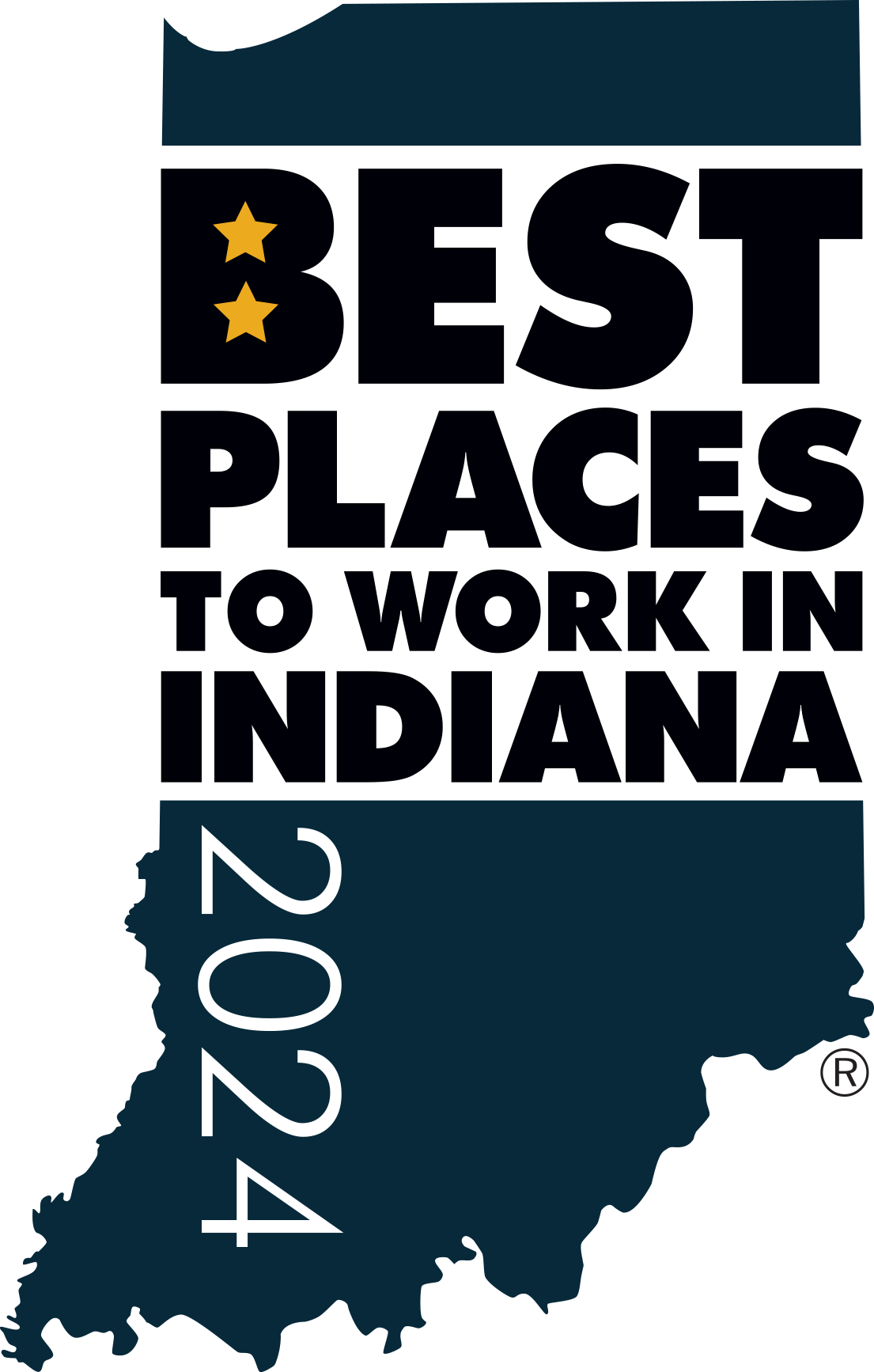The Obstacle Is the Way
Marcus Aurelius was a Roman Emperor and a Stoic philosopher. On the throne from 161 to 180, he was the last of the rulers knows as the Five Good Emperors and the last emperor of the Pax Romana, an age of relative peace and stability for the Roman Empire.
Marcus acquired the reputation of a philosopher king within his lifetime, and the title would remain after his death. Between 170 and 180, he wrote what would become Meditations, a series of personal writings that recorded private notes to himself and ideas on Stoic philosophy. It is unlikely that Marcus ever intended the writings to be published. However, Meditations is a classic compilation that has been studied and revered by heads of state, business moguls and military leaders for centuries.
Why would we reference works from nearly 2,000 years ago? No matter your role or how long you have been in it, we all have situations we would rather avoid. Meditations provides timeless wisdom and insights that can help to understand the process of breaking through obstacles (and coaching others to do the same). One passage stands out above the rest:
“Our actions may be impeded, but there can be no impeding our intentions or dispositions. Because we can accommodate and adapt. The mind adapts and converts to its own purposes the obstacle to our acting. The impediment to action advances action.
What stands in the way becomes the way.”
Let’s convert this from 2nd Century to 21st Century vernacular. As we move through life in pursuit of our goals, we occasionally get “impeded”. We find ourselves stalled, slowed down, or stopped in our tracks. But there’s no reason for that hinder our commitment, our attitude, our energy, or our effort. Why? Because we have been gifted with the intellectual capacity to gather information, assess the situation, and make changes. If you want something in life that you have never had, you will likely have to do something that you have never done. However, knowing what needs to be done and understanding what is holding you back from doing it are two different tasks.
Next: “The mind adapts and converts to its own purposes the obstacle to our acting.” This simply means that our job is to domesticate the obstacle. We make the obstacle serve us on our journey to achieve the goal. We all have the right to live our best life; anything else is mediocre – and none of us were put in the roles we are in to simply be mediocre.
This leads us to Marcus’ conclusion. The impediment to action has been transformed from standing in the way to becoming the way.
Daily, we observe people attempting to avoid obstacles. Every obstacle is unique to each of us. But the responses they elicit are very similar: Fear. Frustration. Confusion. Helplessness. Depression. Anger. Change shifts our comfort zones, where we find security and stability, so these emotions are naturally occurring reactions.
In some cases, avoiding an obstacle is wise. Ever step on a Lego? Marcus isn’t talking about Legos. He’s talking about the obstacles that we encounter in the pursuit of worthy goals.
The paths of meaningful work and goal achievement are littered with obstacles. Therefore, doesn’t it make sense to have a playbook we can execute each time we encounter an obstacle of significance? In Ryan Holiday’s book, The Obstacle is the Way, he offers three disciplines we can develop and use as that playbook.
- Perception – how you look at the obstacle
- Action – how to break the obstacle into actionable parts
- Will – how you maintain your poise to conquer the obstacle
Perception: Your perception is how you interpret what’s happening around you. It affects how you see and respond to a situation. To turn adversity to strength, the first step is to manage your perceptions. Perceptions drive emotions. Calmly and objectively evaluate what’s happening and look for opportunities to take action.
Action: Sometimes, you must release your grip on your current identity in order to allow yourself to transform. You simply cannot be the person you want to be and the person you currently are at the same time. Once you have calibrated your perceptions and emotions, you are ready to take action:
- Focus on what you can control
- Choose strategy over brute force
- Stay in motion
- Take One Step at a Time
- Fail forward until you find what works
Will: To endure and prevail, you must develop the will (inner power) to confront the obstacle over and over again. Exercising your will is understanding that despite the possibility/probability of failure, you continue to take purposeful, consistent action regardless. Persist until you arrive at a solution.
What Are You Made Of?
The world is constantly testing us. It asks: “Are you worthy? Can you get past the things that inevitably appear in your way? Will you stand up and show us what you’re made of?” Whatever we face, we have a choice: Will we be blocked by obstacles, or will we advance through and over them?
The late Andy Grove, former CEO of Intel, said, “Bad companies are destroyed by crisis. Good companies survive them. Great companies are improved by them.”
Great individuals (and leaders), like great companies, find a way to transform weakness into strength. It’s a rather amazing feat. They took what should have held them back – perhaps something that might be holding you back right this very second – and used it to move forward.
Focus on the things you can control, let go of everything else and turn every new obstacle into an opportunity to get better, stronger, and tougher.
—Karen Schmidt

